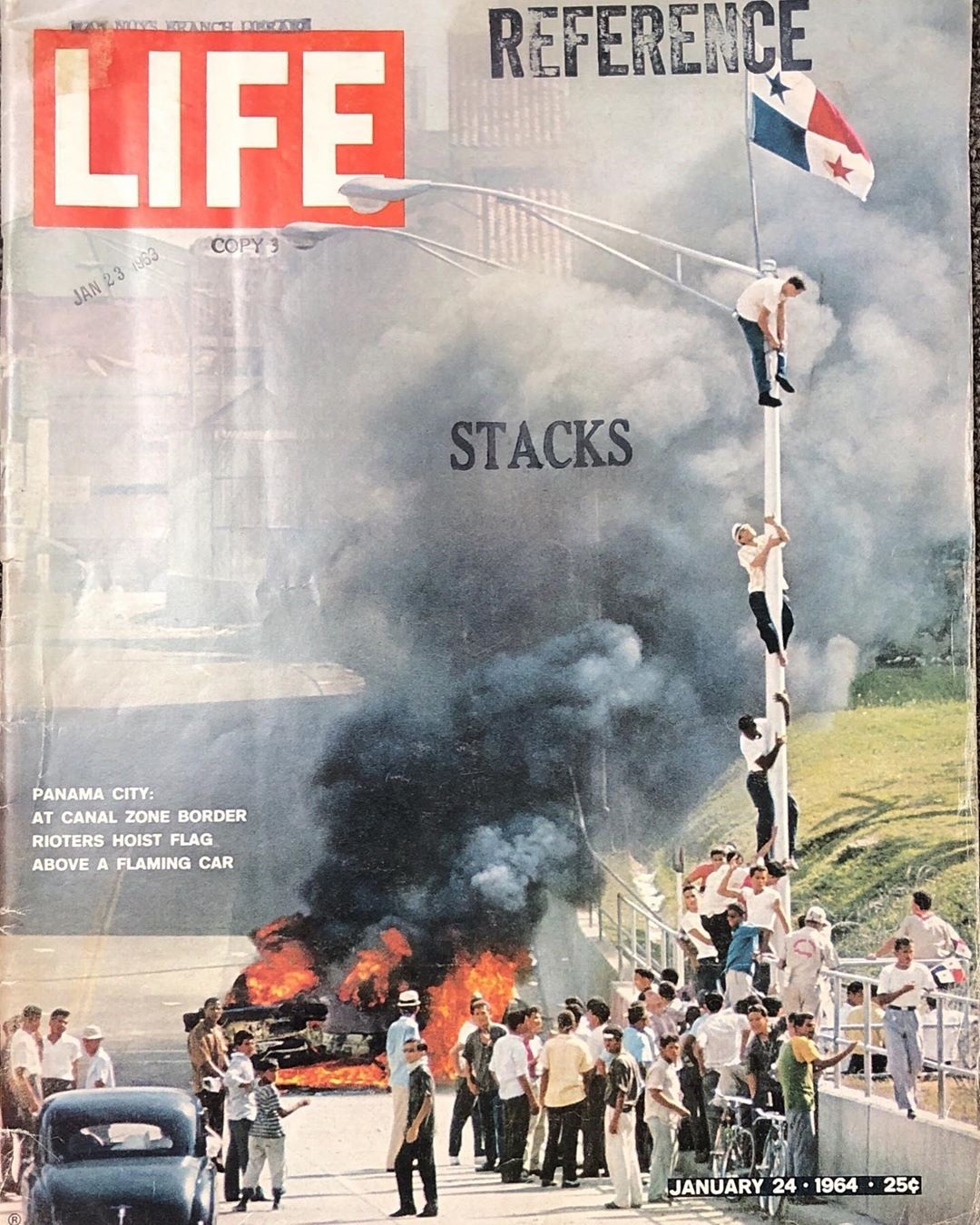US VIEWPOINT: The end of a culinary era?

Panama residents facing an upsurge in prices in local restaurants may want to put their concerns to one side as Andrew Cockburn runs through a few U.S. eateries.
Cockburn a transplanted Englishman living in Califronia writes in The Week:
THIS has been a bad year for grand restaurants in the three- to four-star range and the clang of their closing doors raises the question – is the whole gastro-frenzy that stirred into life in the mid-1970s finally lurching towards closure? Goodbye Iron Chefs, sayonara "molecular gastronomy" in the style of Ferran Adria, farewell those plump paragraphs of fine restaurant writing that became the hottest reading in the New York Times.

On March 7 the high society eatery La Cote Basque (actually used as a chapter heading in habitué Truman Capote's Answered Prayers) closed its doors. This last Wednesday the New York Times mourned at length the Chicago restaurant Charlie Trotter's, slated for extinction in August. According to the Times, Trotter's "had a huge and lasting impact on Chicago's culinary landscape, if not the nation's."
Okay, a couple of big time restaurants bite the dust in the great recession. So?
For several years one of the New York Times' most avidly read writers was Sam Sifton. Sifton approached his job con amore. Not from him any cavils about price. His prose had the confident lilt of a man writing for Wall Streeters for whom a couple of thousand dollars dropped on a dinner for four was absolutely no problem, and indeed almost an emblem of parsimony.
In early October last year he published an emotional eulogy to Per Se, "the best restaurant in New York City".
"Per Se's signature starter course is Oysters and Pearls," wrote Sifton. "It combines a sabayon of pearl tapioca with Island Creek oysters (small, marble-shaped, from Duxbury, south of Boston, fantastic) and a fat clump of sturgeon caviar from Northern California. These arrive in a bowl of the finest porcelain from Limoges. Paired with a glass of golden semillon from Elderton, they make a fine argument for the metaphor of transubstantiation."
After this rather laconic reference to the Eucharist, an editorial note disclosed that this was Sifton's last review. I've no idea whether Sifton's liver couldn't take the pace any more ("I have eaten in restaurants five or more nights a week for the last two years") or whether the Times simply felt things were getting a little out of hand, and the paper was becoming a stand-in for Gourmet magazine. Either way it seemed we'd got to the end of an era.
When I first came to New York in 1972 the high end gastro-porn industry was barely in motion. If you wanted to have a fancy French meal, you went to Lutece, which closed down in 2004. Domestic kitchens were wreathed in smoke from burned offerings to Julia Child. Fiery Hunan cooking was all the rage, followed by a pallid style of cooking known as cuisine minceur, where tasteful dollops of steamed chard held sway.
Then, in 1975, Craig Claiborne reported on the front page of the New York Times that he and Pierre Franey had blown $4,000 on a 31-course, nine-wine dinner at Chez Denis in Paris, a feast offered by American Express at a charity auction.
In those post-Vietnam days, columnists kept whole stables of moral high horses pawing the ground in their stalls. Espying the $4,000 binge, Harriet Van Horne stabbed furiously at her typewriter: "This calculated evening of high-class piggery offends an average American's sense of decency. It seems wrong, morally, esthetically and in every other way." Above the column I remember an editor ran the head ‘Edunt et Vomant' (they eat and they vomit).
People were shocked but Claiborne had put down a marker. Thirty years later, you didn't need to eat your way through 31 courses to run up a tab of $4,000. The wine alone could cost that.
Mannerism began to creep onto the food pages. In 2010 bugs were suddenly all the rage. "A five-course Mexican feast at the Brooklyn Kitchen in Williamsburg last Saturday night [was] engineered to introduce New Yorkers to the succulent wonders of edible insects," the New York Times reported. "The first couple of courses [offered] yucca frites dotted with mealworms, a smoked corn custard sprinkled with crispy moth larvae… at some point during dinner a bowl of squirming wax moth larvae was passed around."
Good restaurants are still cooking terrific food. Overall the standard, domestic as well as professional, of American cuisine has never been higher. It's just that one doesn't pick up that crackle of excitement, that rush to get a table at that new place down the block.
Lists of America’s best restaurants have a somewhat haphazard look. One site, The Daily Meal, lists Le Bernardin in New York as its top pick. Le Bernardin is indeed an excellent restaurant, but scarcely evidence of exciting novelty.
My brother Andrew and I went there in the early 1980s, pockets stuffed with expense money from House and Garden with which to track down America’s best of that era. We ate the same things: plates of baccala followed by oxtail stew – just about the simplest, cheapest ingredients you could buy. Both were unbeatable, with faddism kept at bay by Italian cooking at its simple best. ·





